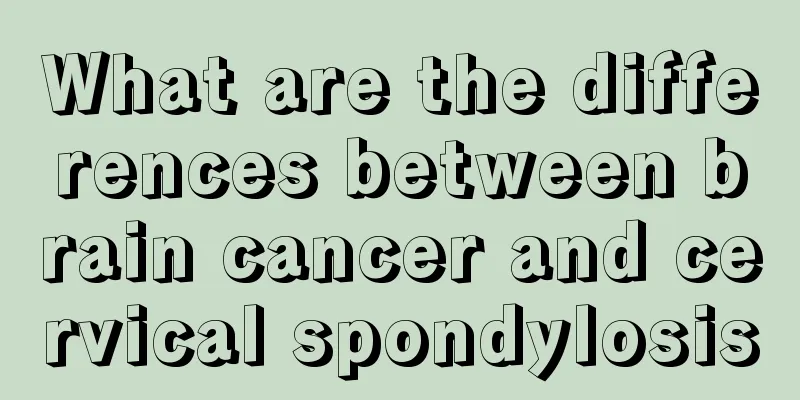Dental tartar and tooth decay

|
The appearance of dental plaque does not actually mean that there will be tooth decay. The two are actually not that closely related. The formation of dental tartar usually occurs on the teeth at the opening of the salivary glands, while tooth decay mainly occurs in the pits and fissures or adjacent surfaces of the teeth. It is recommended that friends with oral diseases should have regular oral examinations and learn more about their oral health. The locations and causes of dental calculus and caries are different. Tartar forms on the surface of teeth near the openings of the salivary glands. The formation of dental tartar is related to the carbon dioxide concentration, acid-base value, and saliva concentration in saliva. Dental caries mainly occurs in the pits and fissures, proximal surfaces and tooth necks. The occurrence of dental caries is related to factors such as bacteria, food, saliva, teeth, and time. The clinical symptoms of dental calculus and caries are also different. The teeth of people with tartar appear yellow or brown. Some patients may have black calculus on their teeth. Dental tartar will constantly stimulate the periodontal tissue, compress the gums, affect blood circulation, cause bacterial infection of the periodontal tissue, cause inflammation and atrophy of the gums, and form periodontal pockets. Caries cause changes in color, shape, and texture. Dental caries can be divided into three stages: shallow, moderate and deep caries. Symptoms vary at different stages. The treatments for dental plaque and caries are also different. The harm caused by dental tartar is relatively small. Tartar does not require treatment. Brushing your teeth in the morning and evening, rinsing your mouth after meals, eating a balanced diet, and washing your teeth are the most important measures to prevent and treat tartar formation. Dental caries is more serious. The methods for treating dental caries include drug therapy, silver-mercury alloy filling, composite resin filling, acid-etched photosensitive composite resin filling, inlays, etc. The above is the difference between dental calculus and caries. Although the clinical symptoms of dental tartar and caries are similar, they are two completely different diseases. Whether it is dental tartar or caries, if not treated in time, the tooth pain will become more severe. Therefore, dental tartar and caries must be treated promptly. |
<<: What is dental calculus_How is dental calculus formed
>>: What to do about dental calculus and gum recession
Recommend
How to firm inner thighs
How to tighten the inner thighs can generally be ...
What is the use of grapefruit peel?
Pomelo is very common in daily life. Many people ...
What is the saying about falling down while sleeping?
There are many abnormal situations that may occur...
There is a pimple on the back of my head
Acne can be said to be everywhere. But many times...
What are the key points of hamartoma nursing
What are the key points of hamartoma nursing? Ham...
What are obsessive-compulsive disorder and procrastination?
Obsessive-compulsive disorder and procrastination...
What is the best drink to nourish the stomach?
It has been proven in clinical medicine that many...
Why does my ears hurt when I open my mouth?
The mouth and ears seem to be two different parts...
Can I just ignore the cervical fistula?
The neck is a very important part of the human bo...
Chin injection to relax
Many people would have their chin reshaped in ord...
What are semi-finished fast food products
The accelerated pace of life is reflected in all ...
What are some tips for preventing heatstroke and cooling down
The weather is hot in summer and many people are ...
Is renal artery stent surgery dangerous?
Nowadays, many diseases can be alleviated by sten...
What is the most realistic way to prevent ovarian cancer?
What is the most realistic way to prevent ovarian...
White vinegar treats dandruff
Everyone is very troubled by dandruff. Severe cas...









